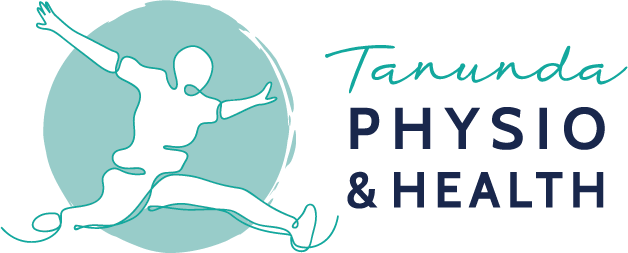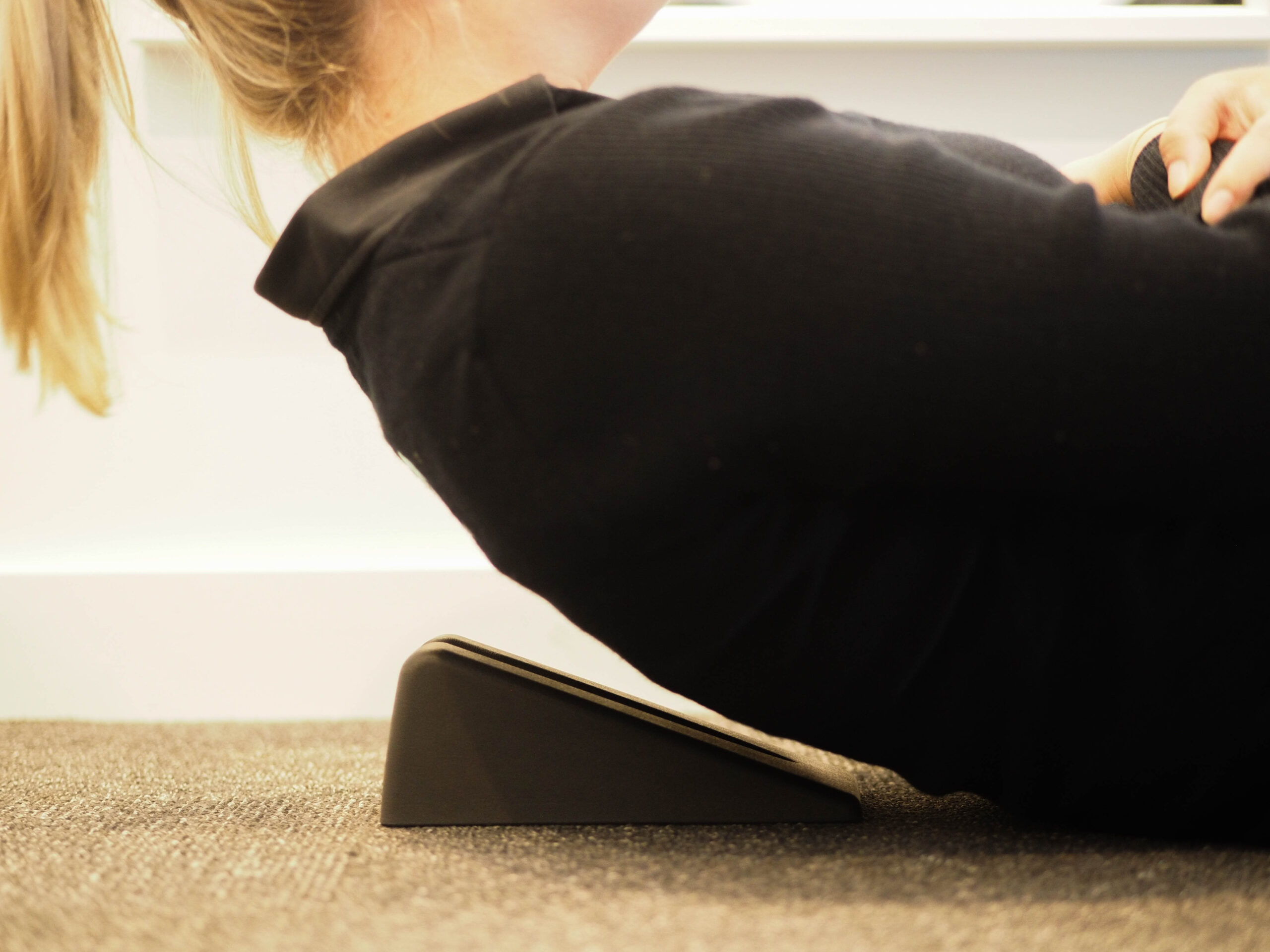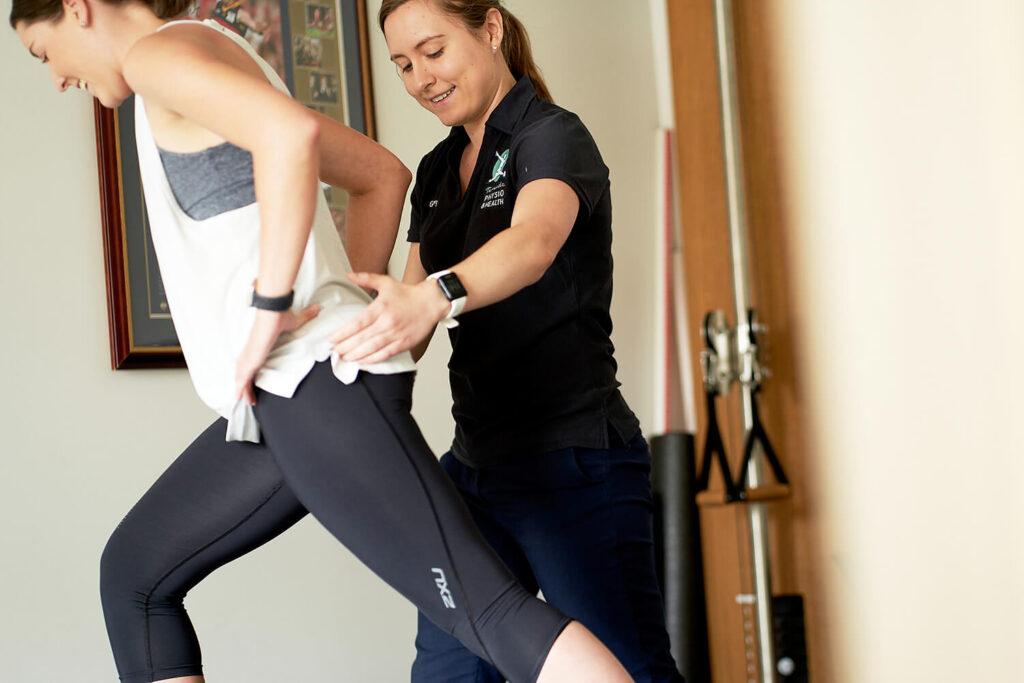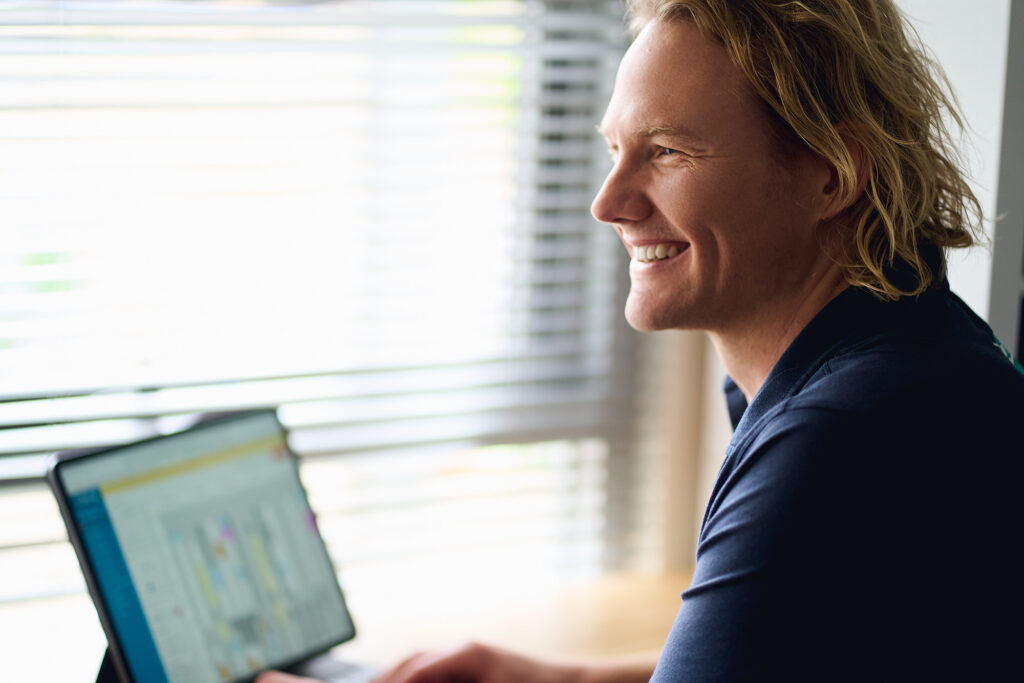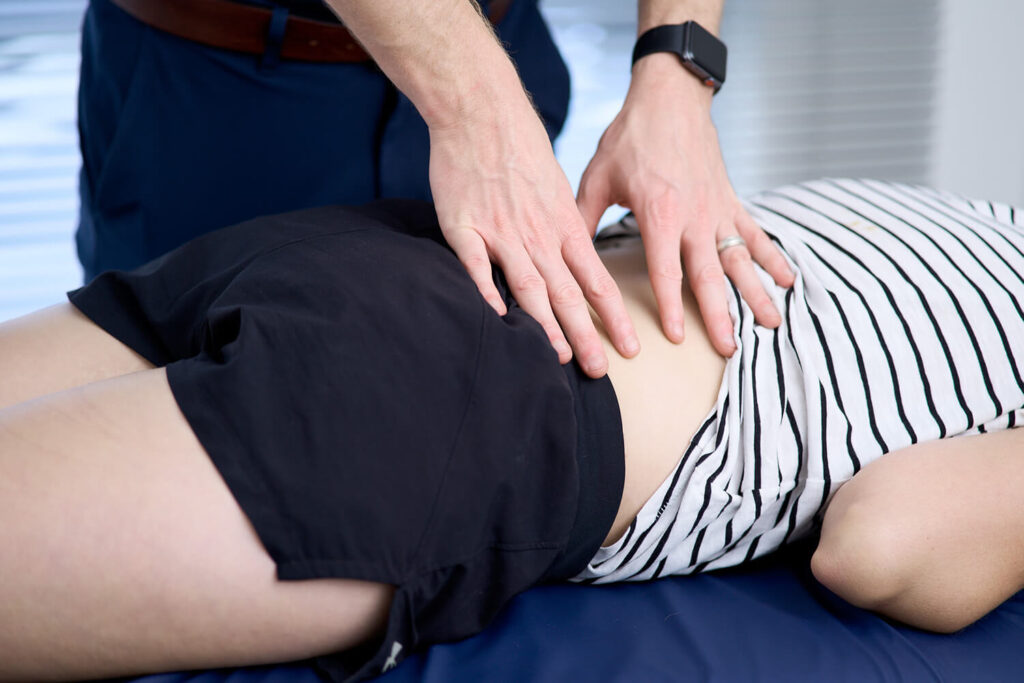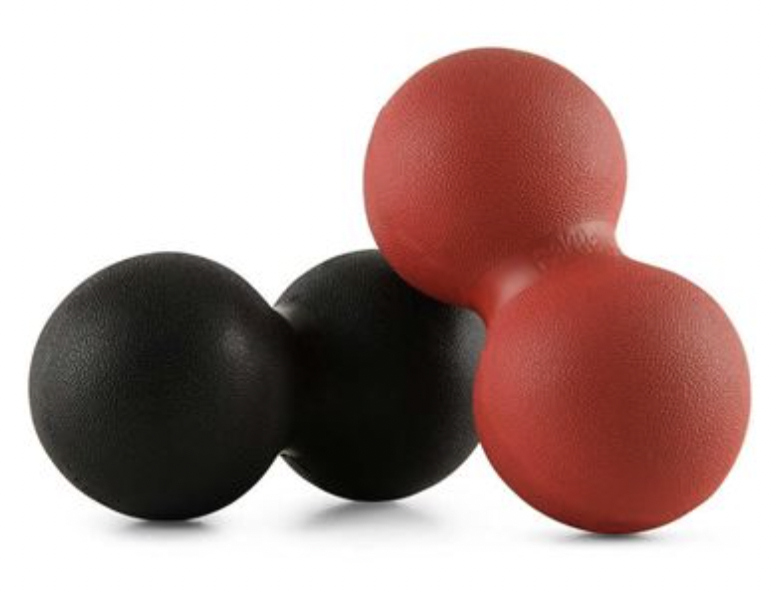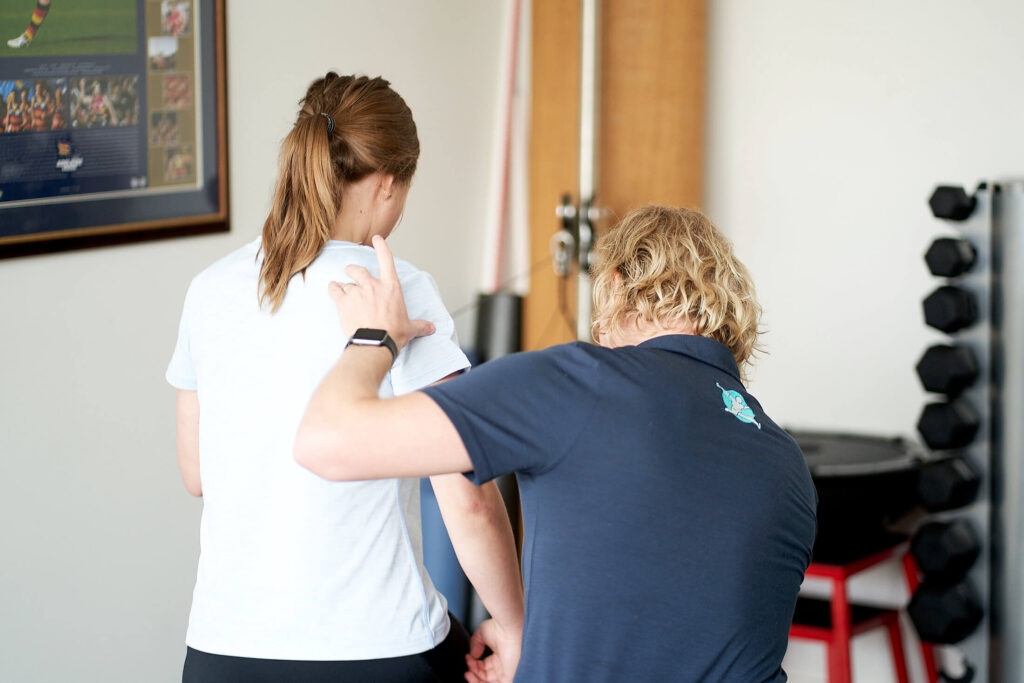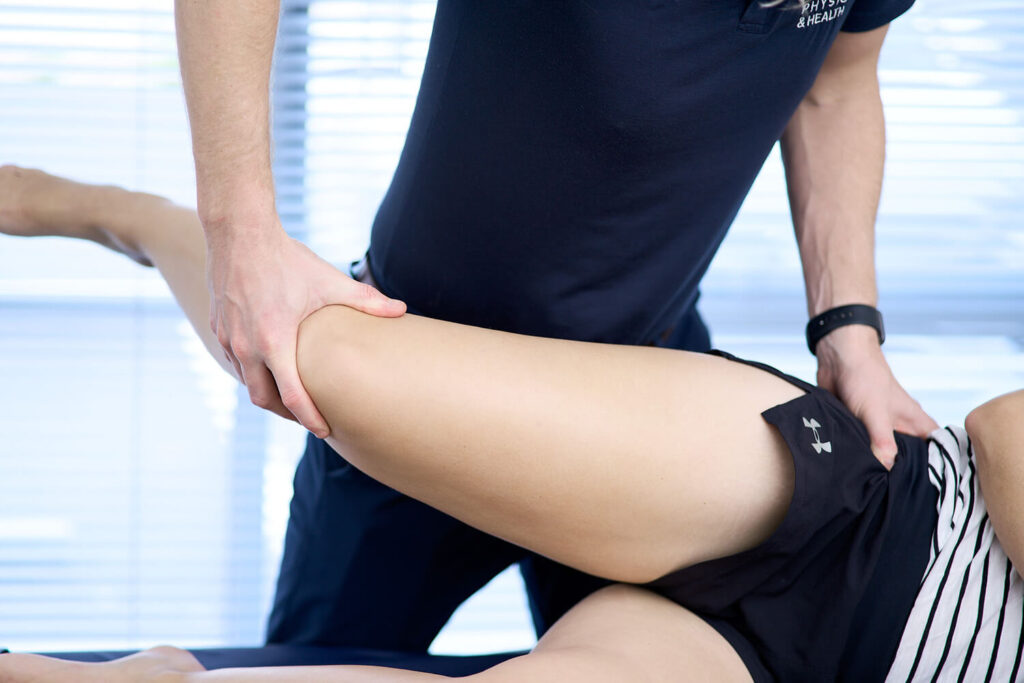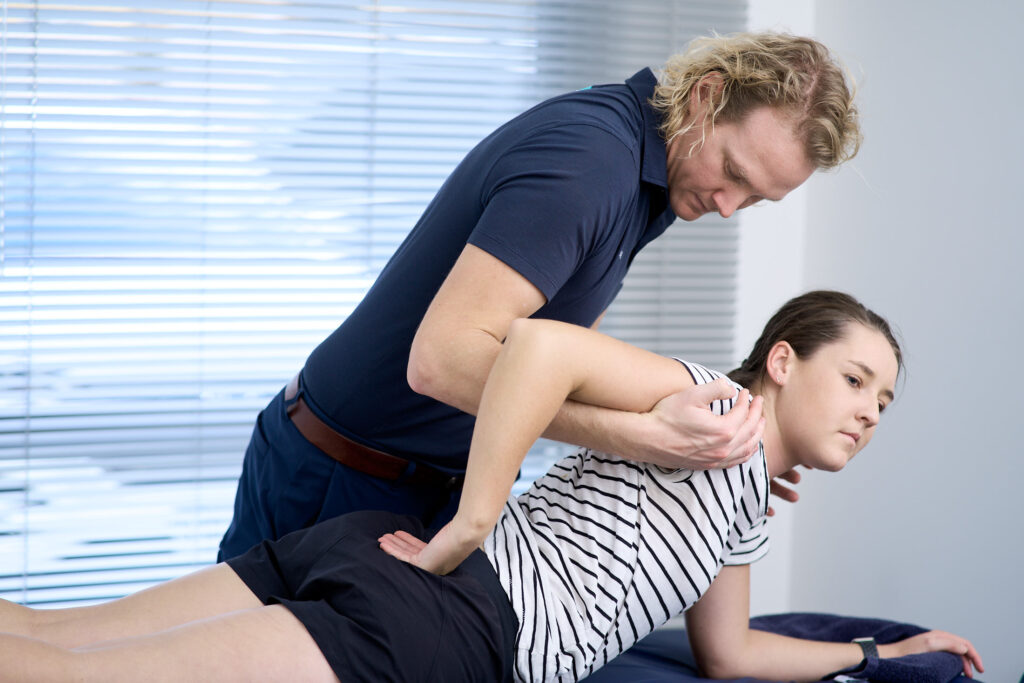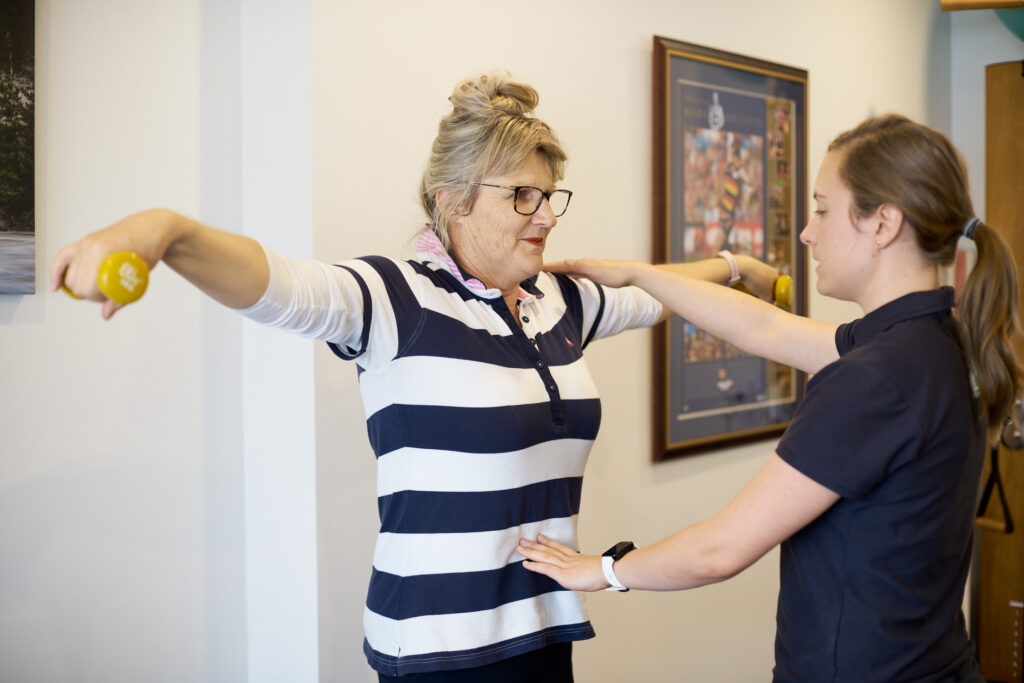If you spend 8 hours a day working then it makes sense that you would want the environment and positioning to be helpful to comfort!A…
Thoracic Wedge: How to use
The Thoracic Wedge is designed to complement physiotherapy management as it can be used for self mobilisation (loosening) of the upper back.
These are ideal for anyone with:
- everyday discomfort in the upper back caused by gardening, computer work, manual labour, sedentary lifestyles, etc
- a stiff upper back contributing to other problems.
How to use your Thoracic Wedge
Spend approx 30seconds on each level, moving to different levels throughout the spine.
Up to 5mins daily as tolerated.
View our FREE How To Use Your Thoracic Wedge Handout.
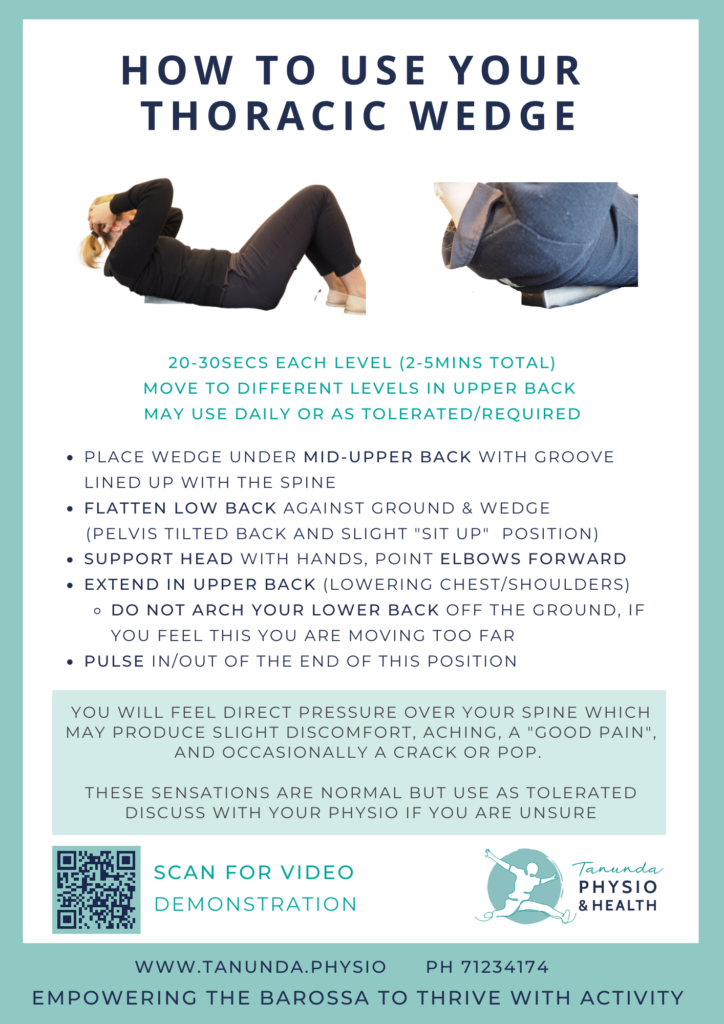
When you might use your Thoracic Wedge:
- Early stages of treatment. Used between early treatments and correctly, a Thoracic Wedge may help to accelerate your early improvements. Note, however, they wont always be appropriate in the acute phase so discuss with your physio.
- Throughout treatment. Again, using between sessions can help to enhance your benefits. Not only speeding up your recovery, but also helping you self manage as your appointments are spaced further apart and/or your treatment plan moves on to focussing more on preventative exercises.
- After discharge. Take your physio home with you and self manage reduce the chances of recurrence. Use regularly to maintain flexibility or when a pain starts to first appear, pull this out as your first line of self treatment.



